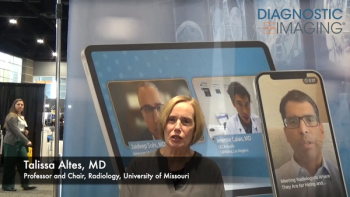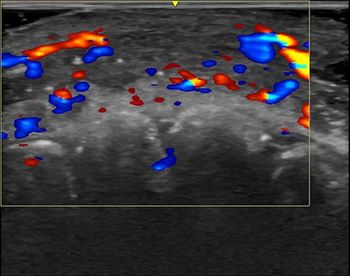
Kodak boosts digital capabilities with services aimed at PACS/IT
Partnerships supplement Kodak's own capabilitiesIn an effort to bolster its growing digital image capture and management capability, Eastman Kodak has unveiled a family of IT services designed to provide an added layer of health
Partnerships supplement Kodak's own capabilities
In an effort to bolster its growing digital image capture and management capability, Eastman Kodak has unveiled a family of IT services designed to provide an added layer of health information protection. If things go as hoped, the company's PACS business may also benefit.
Kodak is focusing on storage and archive services. SAS encompasses four subservices: business continuity planning, remote online archive services, data migration, and data protection.
"As we increase the breadth of our services, we believe this will increase our opportunities in PACS," said James M. Keese, general manager of professional services for Kodak.
Key to the success of this offering is the business continuity planning service, which involves collaborating with hospitals to create an optimal plan for recovering images and patient records following a disaster. The disaster could be physical, such as a fire, or soft, as in the case of a computer virus.
This service will enable hospitals to meet the disaster recovery requirements outlined in the Health Insurance Portability and Accountability Act, according to Keese. It also includes such assistance as recommending how and where to store data and reloading records that are stored offsite.
The second aspect of the multipronged approach involves remote online archiving. Partners such as Itrus Systems and Albacom have contracted with Kodak to store data online for hospitals, clinics, and stand-alone imaging centers. Through this service, customers can pay to access their data based on the volume of information transmitted, rather than investing in costly storage, technology, or software upgrades.
Data migration is the third prong. The company hopes to leverage new DICOM interpretation capabilities and software into a service that converts a facility's existing PACS or RIS archives utilizing next-generation storage technology. Kodak has contracted with Acuo, a niche company specializing in data migration and recovery, to help provide this service. Beginning in 2004, however, Kodak expects to build that capability into its own software.
Data protection is the fourth aspect. Kodak has contracted with MCI to provide offsite backup of images and other data, including "retired" records. Data will be stored at an MCI data center. Kodak hopes eventually to contract with AT&T to provide a similar data hosting service.
"Except for data migration, we're using our own applications," Keese said of the four-faceted approach. "The key is our ability to understand the customer's needs and integrating and configuring solutions to be successful."
The company's advancement into healthcare IT gives customers an added layer of security while simplifying their ability to store and retrieve images and other patient records, he said. It also improves workflow and even saves them money because they do not have to construct these capabilities themselves.
Newsletter
Stay at the forefront of radiology with the Diagnostic Imaging newsletter, delivering the latest news, clinical insights, and imaging advancements for today’s radiologists.




























